Dubai’s Chocolate-Based Propaganda Push
For paid subscribers: Coffee is increasingly used to burnish the United Arab Emirates’ international image. Now it is being supercharged by merging with the popularity of the Dubai chocolate trend.
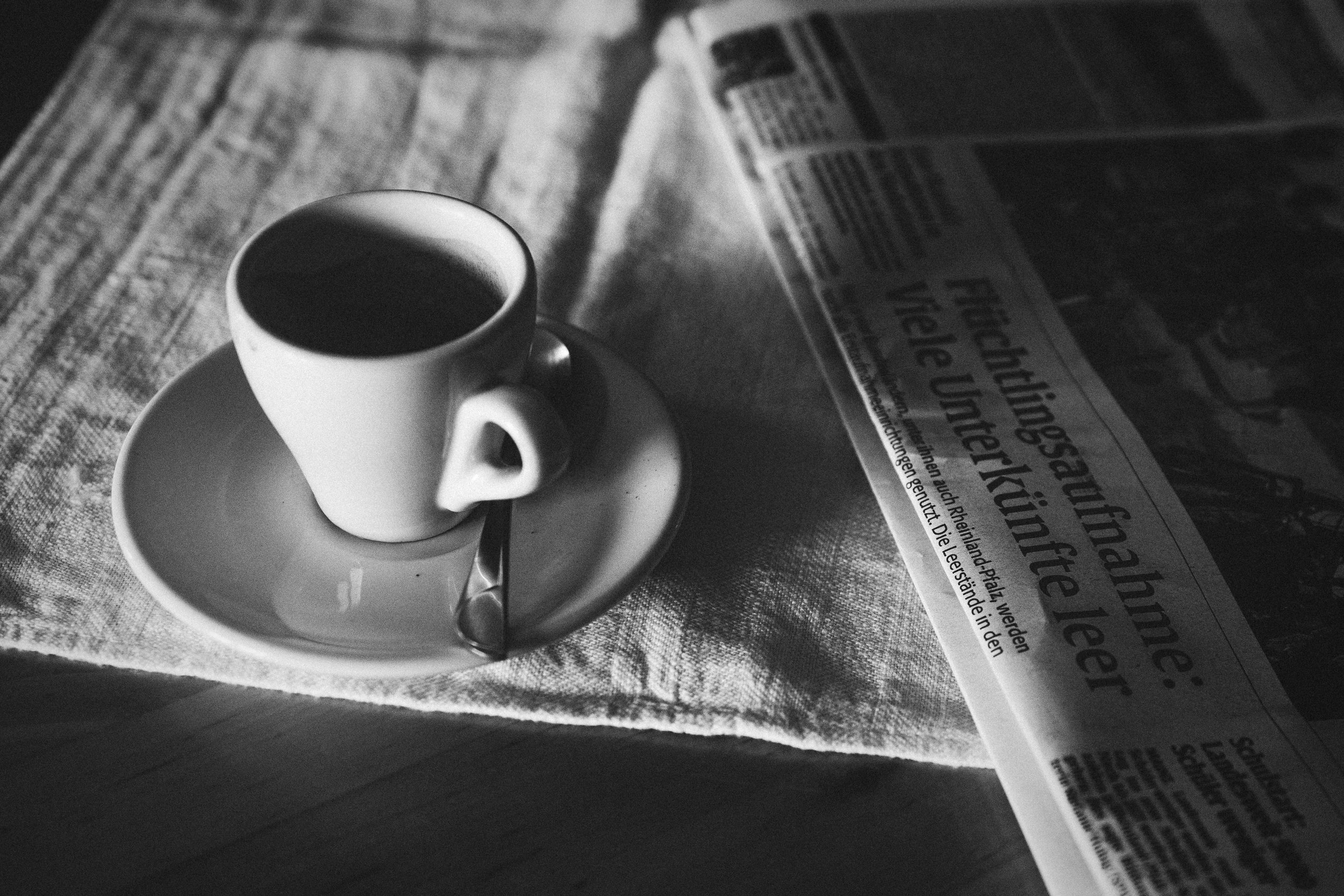
Apparently it’s March, which came as a surprise to me (as it does every year).
That means winter is over, right?
Haha, of course not. The reality of our self-inflicted climate catastrophe means that winter is never over now, it just takes a break.
We’ll probably get a snowstorm in August.
Let’s talk about coffee.
In response to the sustained slump in coffee prices, which threatens the livelihoods of thousands of Colombian farmers, the Colombian Coffee Growers Federation (FNC) is considering the extreme step of removing its coffees from the New York Stock Exchange (NYSE) and instead setting its own base price in the open market.
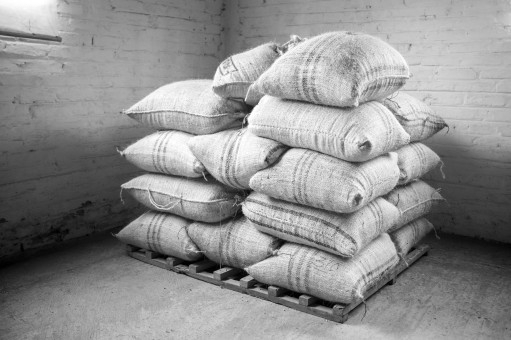
The FNC has been warning about the low price and its effects on its members for a long time, and says that the price at which coffee farmers in Colombia can break even is closer to $1.40 or $1.50 per pound, more than 50 percent higher than the current C price.
The C price, the global base price for commodity coffee upon which most specialty prices are in turn based, has dropped to around $1 per pound over the past 8 months, and recently it dipped down to $0.952. According to FNC CEO Roberto Vélez, “at these price levels, our coffee farming is not sustainable.”
Can’t argue with that.
Of course the question is then, what to do instead? The FNC hasn’t revealed its plans, but moving away from the NYSE would allow Colombia to trade on its own merits, rather than being subject to the whims of a volatile market. On the other side, it could potentially pit producing countries against each other in a struggle for market share, which would probably benefit countries with strong brand recognition such as Colombia and Brazil, but could hurt countries with a smaller market share and reputation such as Madagascar or Uganda. (For an interesting conversation about this featuring actual industry people far smarter than I, check out this Twitter thread.)
Blue Bottle is experimenting with eliminating cash transactions in their San Francisco cafes in a move they say will speed up transactions and make interactions more efficient.
The cashless trend is spreading, so it’s little surprise that an expensive, trendy brand in a tech-heavy city would give it a try. However, insisting on cash-only transactions eliminates a huge section of society from the customer base, including low-income and credit-insecure people who can’t afford a bank account as well as people who use cash as a budgeting tool.
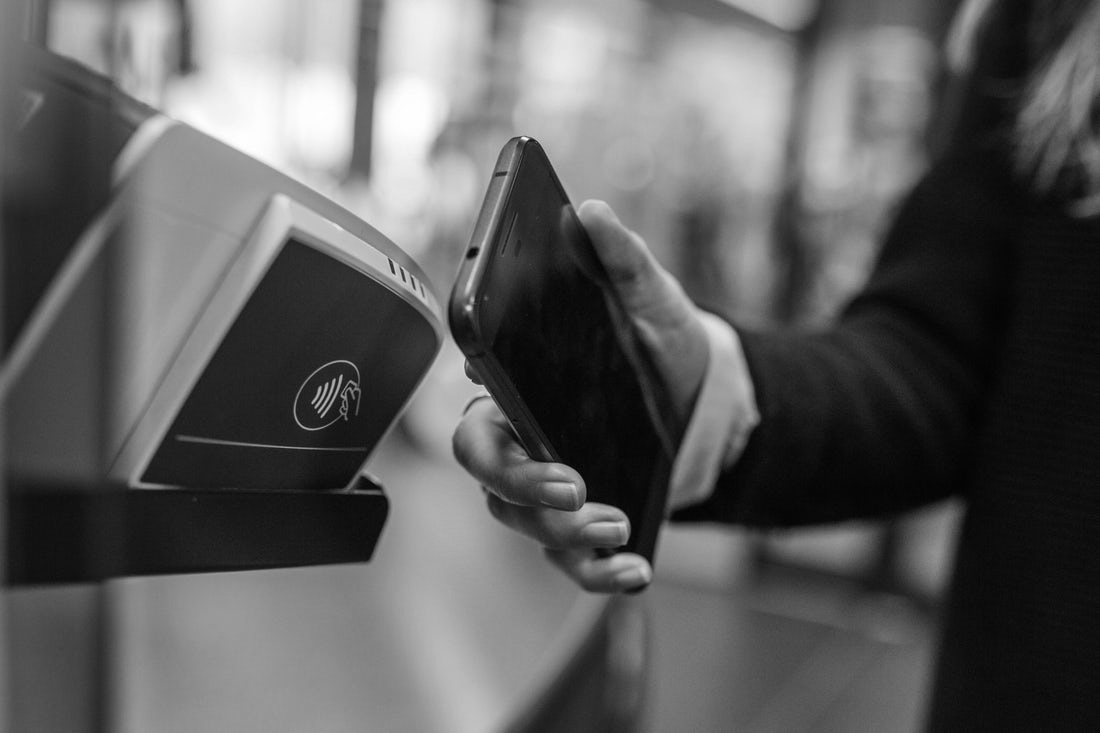
Whether or not those people can afford or even want to patronize Blue Bottle is a moot point, as it points to a wider pattern of exclusion and the walling off of society’s shared spaces. And, as someone who has worked for most of my adult life in a customer service environment, I can categorically tell you that credit card transactions are not faster or more efficient than cash. WiFi issues alone can completely back up a line, and because so few people carry cash it makes it even worse.
The amount of backlash this news is getting means that Blue Bottle might rethink their plan, but the story points to an increasingly disconnected viewpoint on the part of many tech-inspired coffee companies trying to disrupt a process that has been going for hundreds of years and is just fine the way it is.
Oh hey, and did you know that Blue Bottle is owned by (ugh) Nestlé? Not that it’s directly related, but it’s worth knowing.
Want to avoid DEATH? You need to drink THIS many cups of coffee EVERY DAY or ELSE.
DEATH haunts us all, and the only way to SURVIVE is to drink COFFEE.
According to The Daily Express, a fine journal of great renown, people who drink three cups of coffee a day are 13 percent less likely to die early.
Is that extremely vague? Yes. Will it scare people? Probably.
How big are these cups anyway? How strong is the coffee? I just want to not DIE EARLY. I need answers, The Daily Express.
Coffee is encouraging underage drinking, according to a school principal in Atlanta. Indirectly, but still.
It’s really the fault of Trader Joe’s vanilla extract, which students are putting into Starbucks coffee before heading to class. This extract is apparently 35 percent alcohol, the drinking of which actually sent one student to the hospital.
Now, a $9 bottle of Trader Joe’s vanilla extract poured into a $5 cup of Starbucks coffee seems like an extremely expensive way to get drunk, but it is undeniably inventive.
Read the full story here (although there’s literally nothing else to it).
As long as you drink THREE ambiguous-sized cups a day you won’t DIE, so that’s good.
But putting vanilla extract in it might send you to hospital, so that’s bad.

A Case Of Two Coffeelands And An Unexpected Conclusion by Dan McQuillan
Touring Gruppo Cimbali’s Factory And Espresso Machine Museum by Alexander Gable
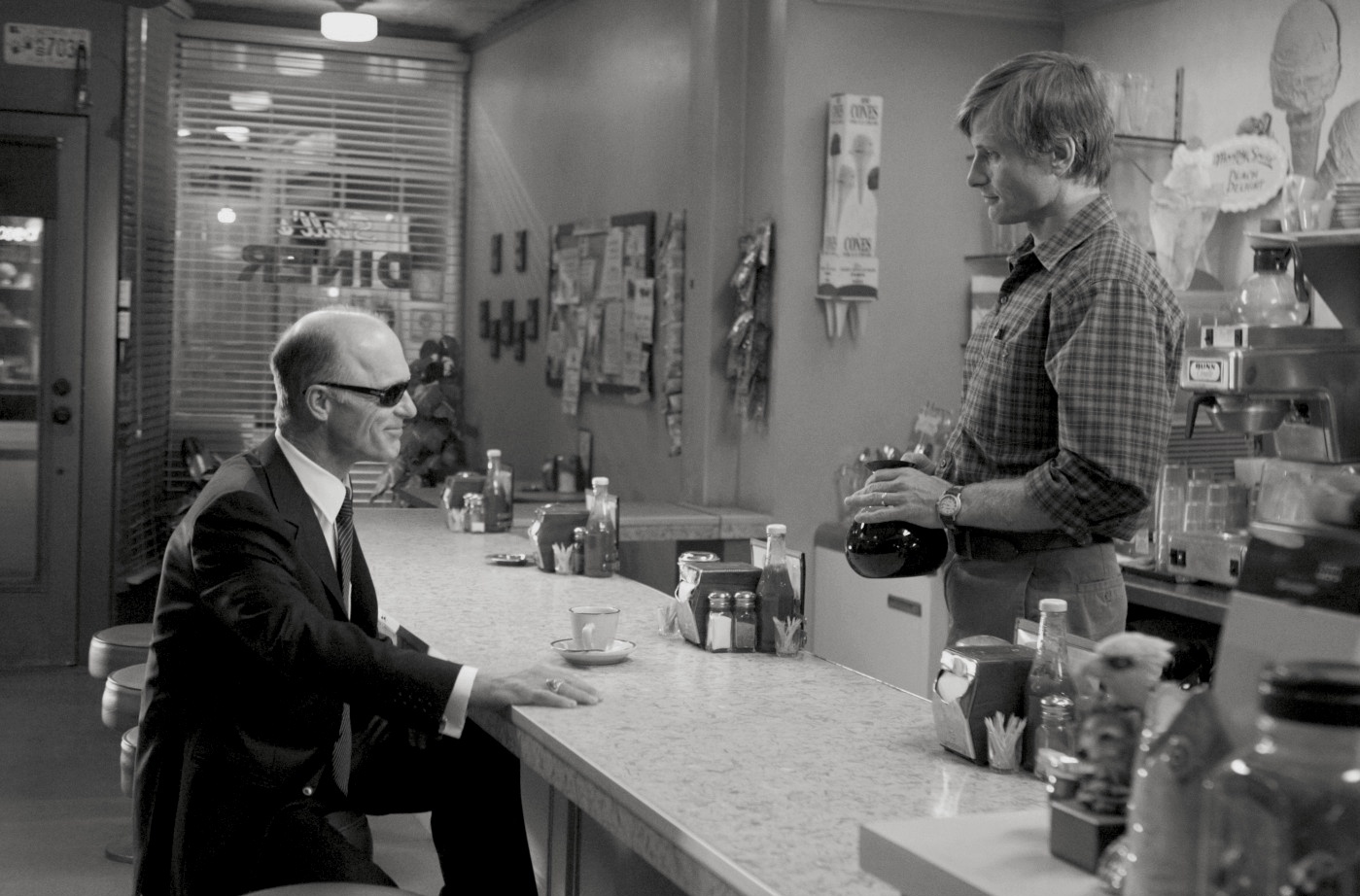
Apr 9, 2017 Coffee At The Movies Episode 6: A History Of Violence Apr 9, 2017 Apr 9, 2017
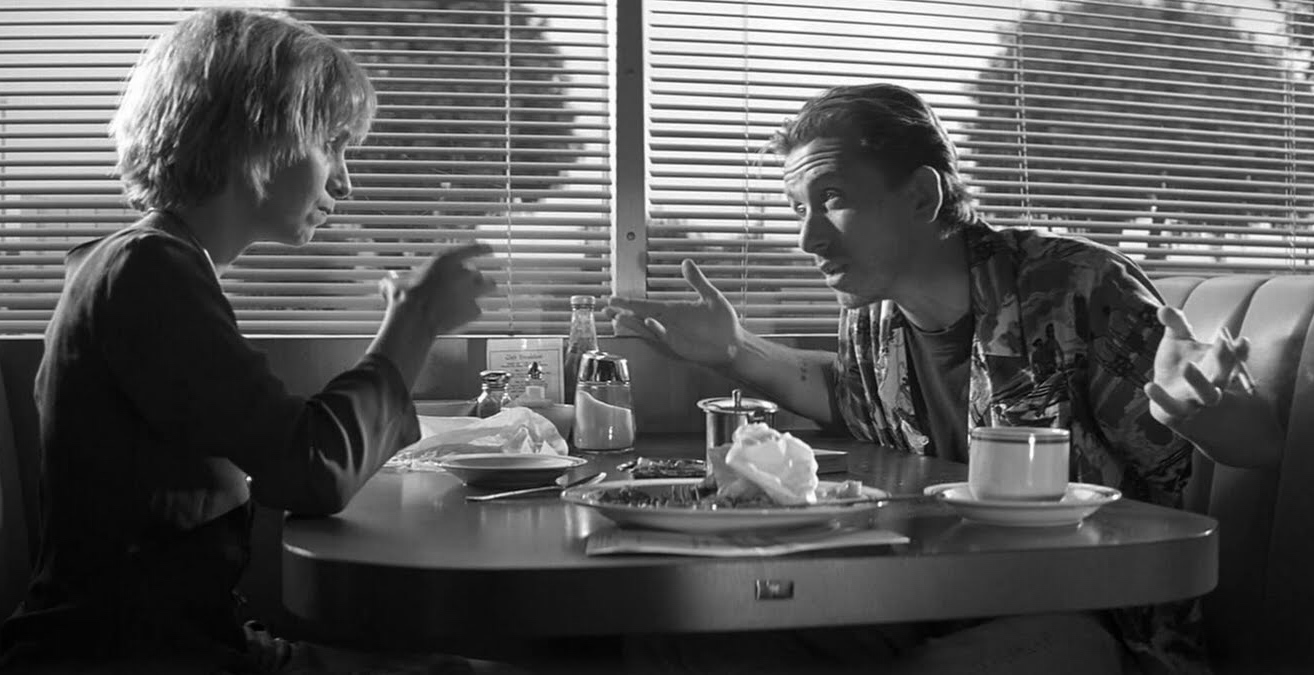
Dec 15, 2016 Coffee At The Movies Episode 5: Pulp Fiction Dec 15, 2016 Dec 15, 2016
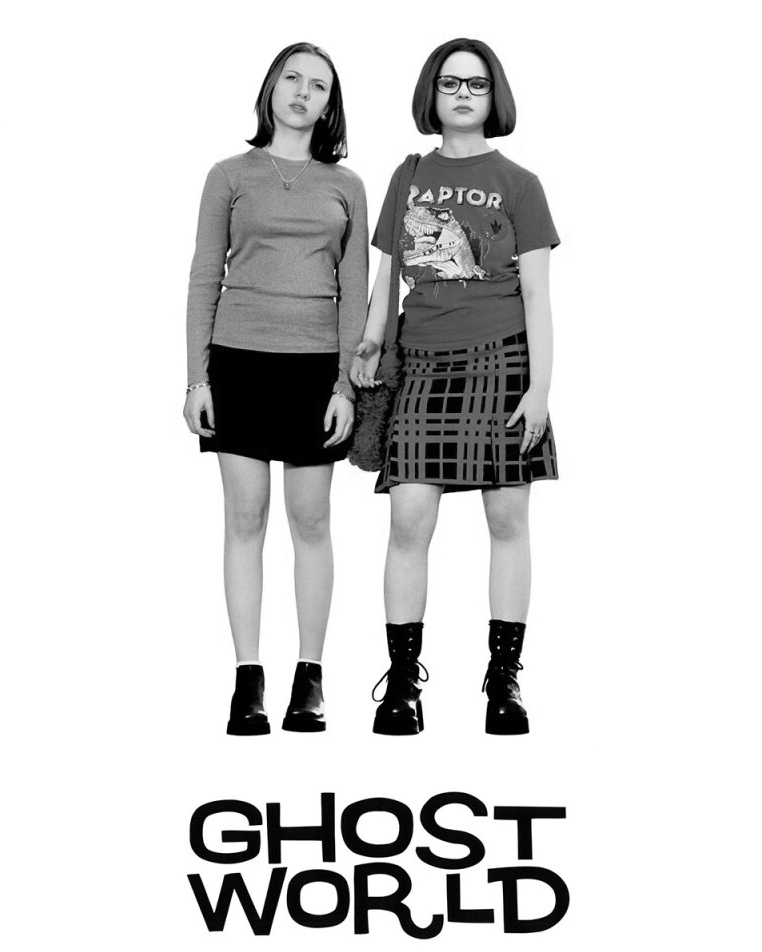
Dec 8, 2016 Coffee At The Movies Episode 4: Ghost World Dec 8, 2016 Dec 8, 2016
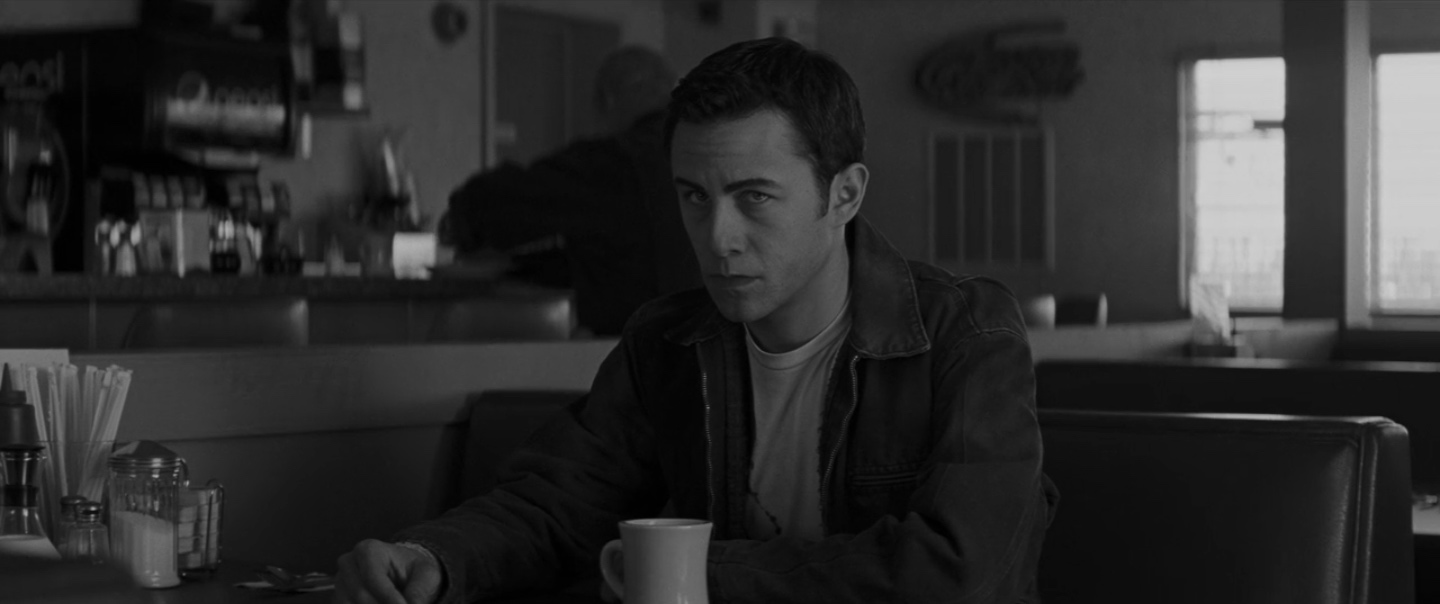
Dec 1, 2016 Coffee At The Movies Episode 3: Looper Dec 1, 2016 Dec 1, 2016
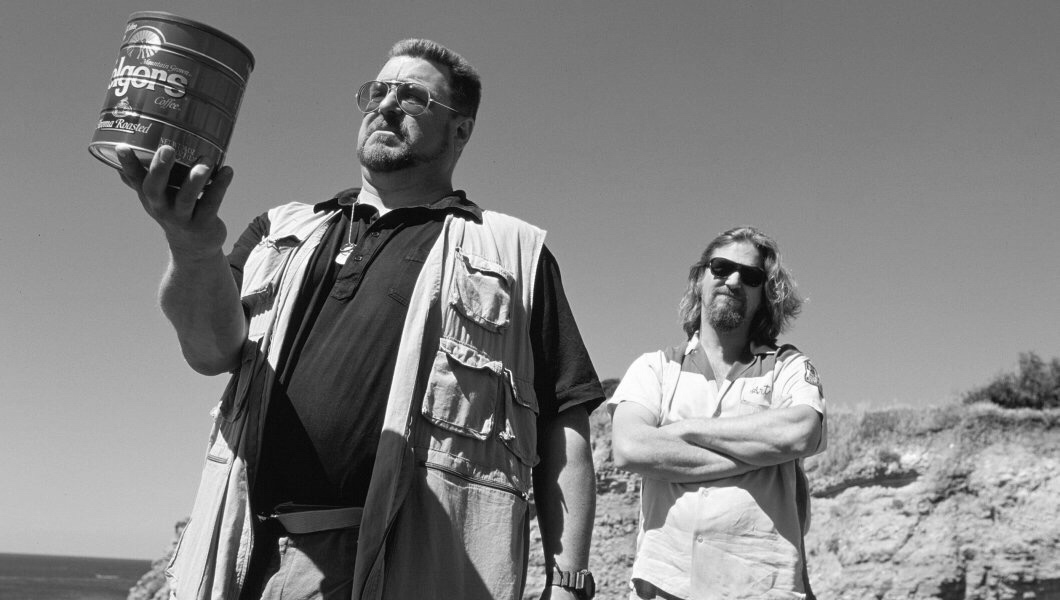
Nov 24, 2016 Coffee At The Movies Episode 2: The Big Lebowski Nov 24, 2016 Nov 24, 2016

Nov 17, 2016 Coffee At The Movies Episode 1: Scott Pilgrim Vs The World Nov 17, 2016 Nov 17, 2016
A newsletter about coffee—its culture, politics, and how it connects to the wider world.